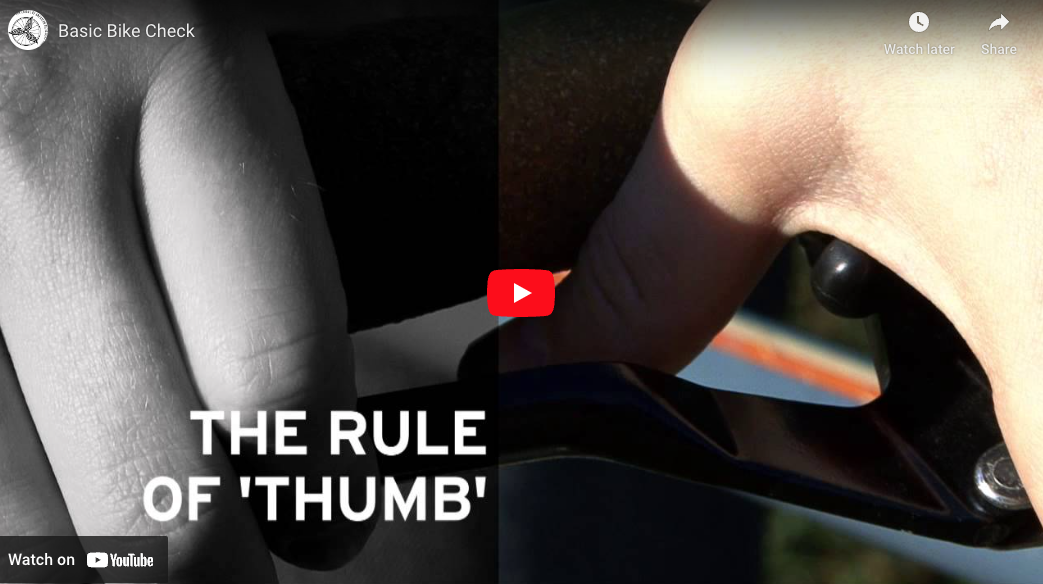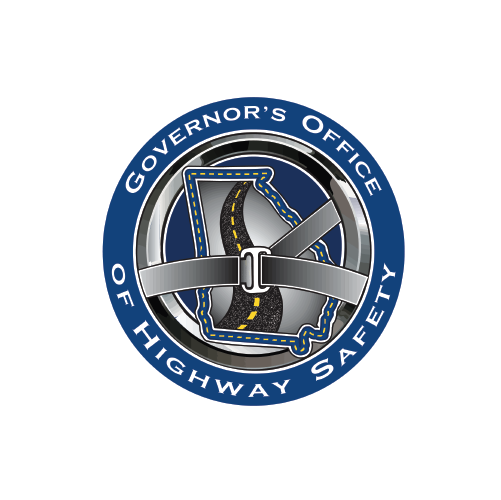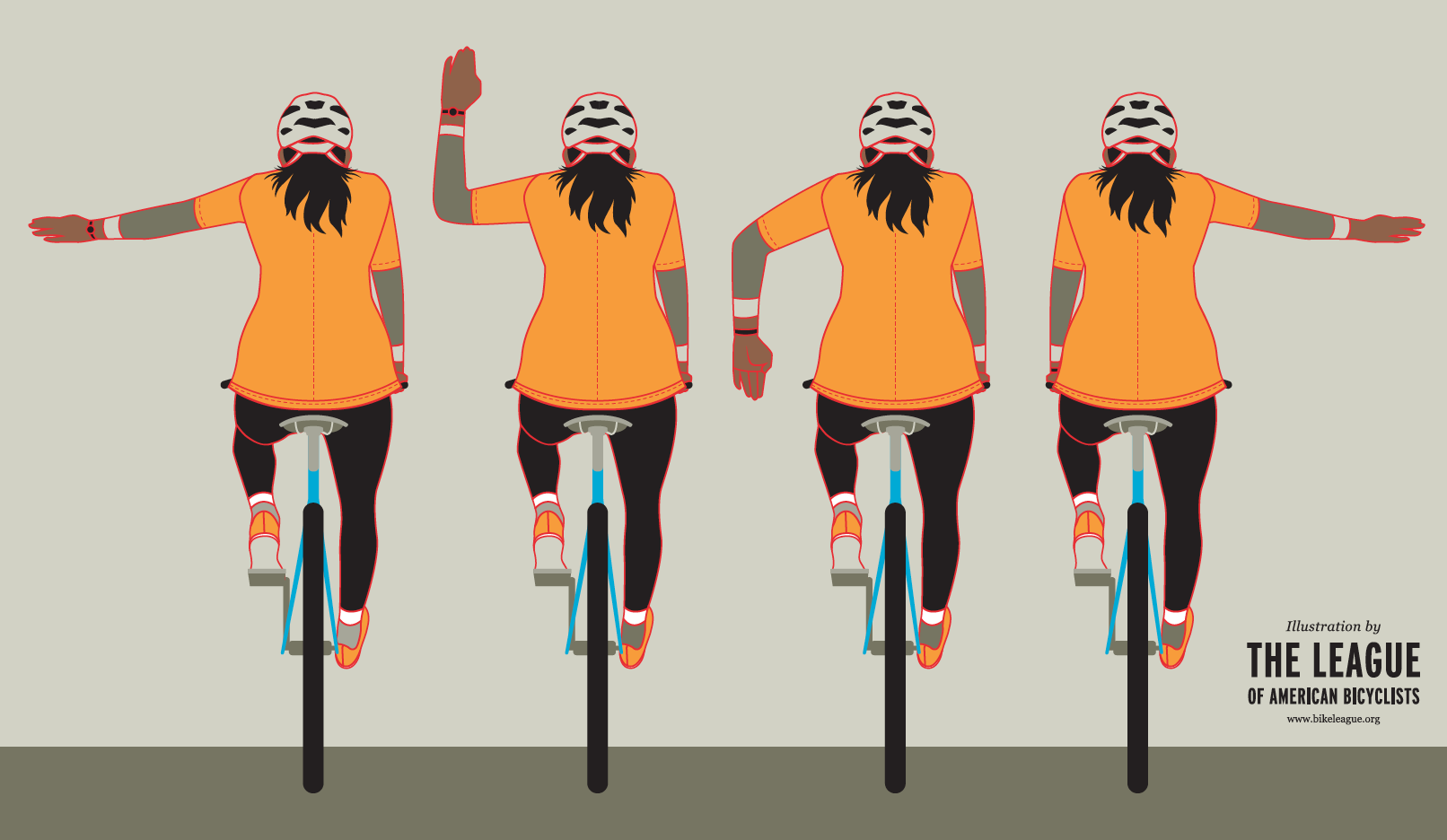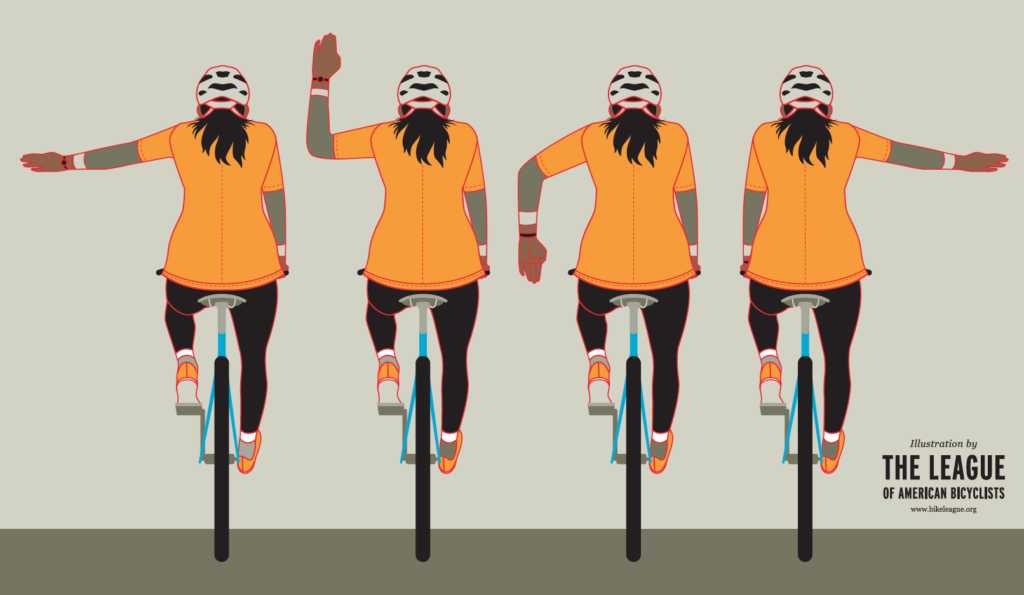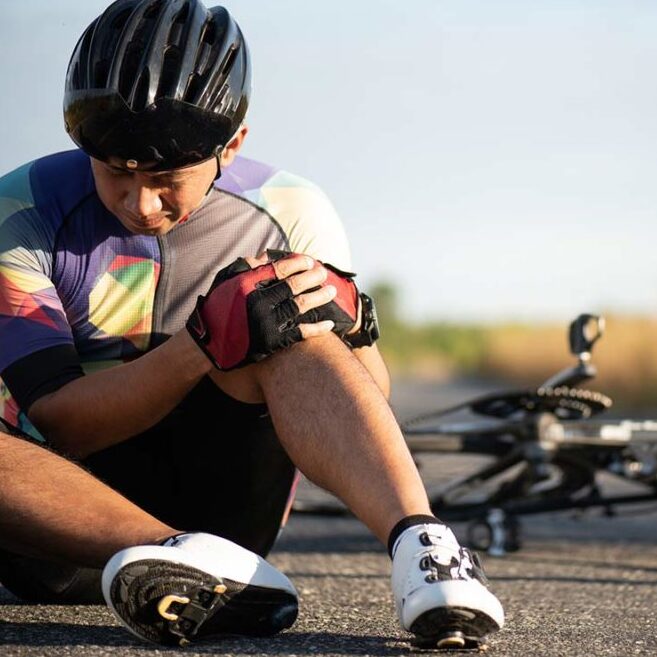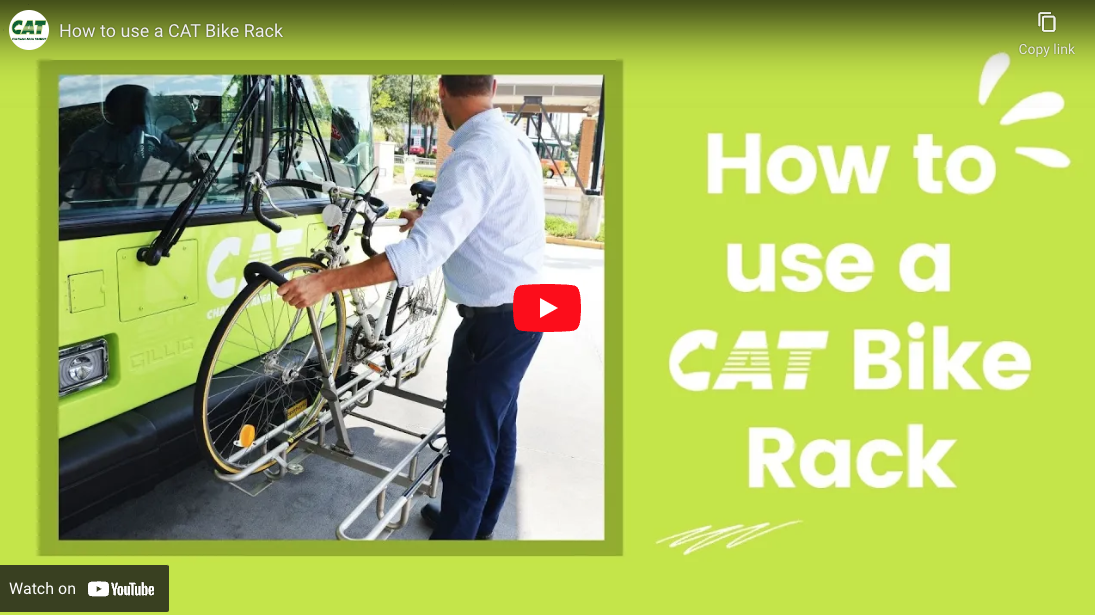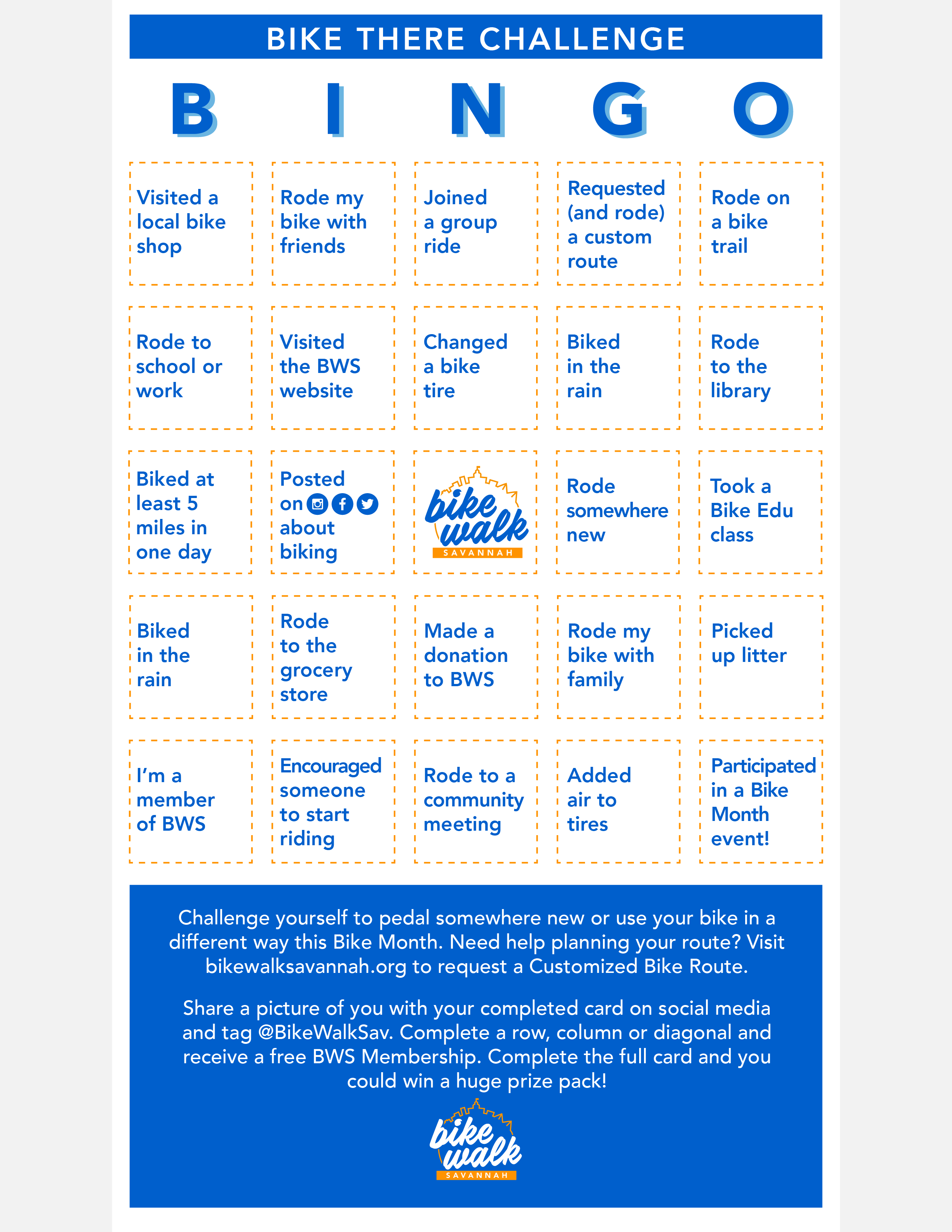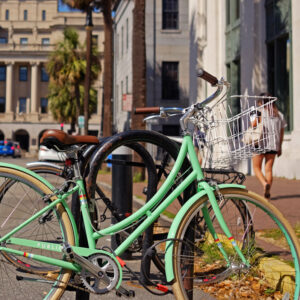- Be courteous & know the rules of the trail you are using.
- Give a clear, audible signal when passing — bells or your voice are great!
- Be cautious and yield to crossing traffic.
- Stay to the right.
- If you’re moving faster than the people in front of you, slow and wait for an opportunity to pass — don’t thread the needle.
- Always be predictable — ride in a straight line, don’t weave across the trail.
- Stay on the designated path.
- Travel at a speed that allows you to watch for hazards as well as your surroundings.
- Don’t blast your music. If you’re listening on headphones, make sure you can hear your surroundings or use one earbud.
- Yield to more vulnerable path users. Bicyclists and skaters yield to pedestrians, pedestrians yield to those with young children or assistive devices.
- If you’re riding in a group, move to a single file to allow oncoming traffic to pass.
- If you are riding or walking while it is dark, be sure to use lights.
- If you’re on the trail with your dog, make sure to keep it on a short leash. Retractable leashes are not recommended, as they can cause cuts and burns to both pets and people.
- Keep it clean — whatever you bring in, bring out! If you notice a lot of trash or debris, call 311 or come out for a trail cleanup!
Our friends at The League of American Bicyclists have put together a great video overview below.
Learn more tips on our Resources Page.

This blog post is produced thanks to support from the Governor’s Office of Highway Safety.



